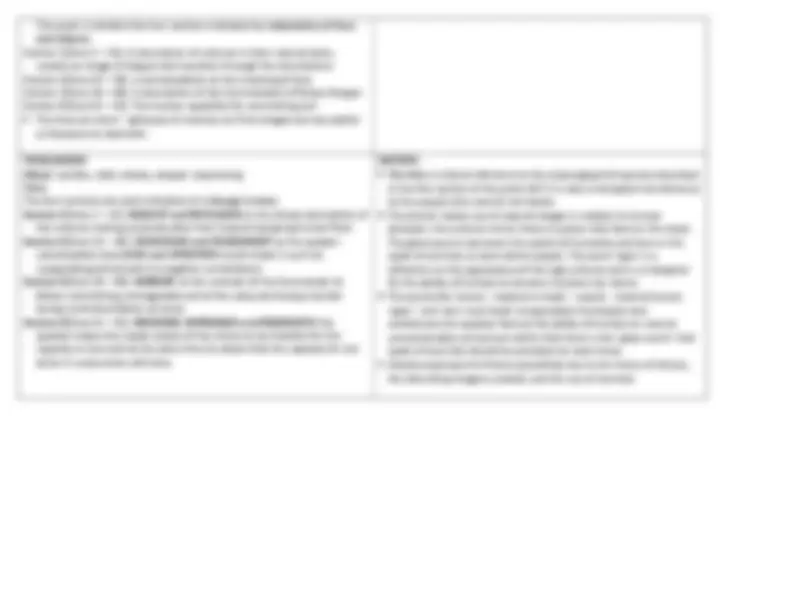



Study with the several resources on Docsity

Earn points by helping other students or get them with a premium plan


Prepare for your exams
Study with the several resources on Docsity

Earn points to download
Earn points by helping other students or get them with a premium plan
Community
Ask the community for help and clear up your study doubts
Discover the best universities in your country according to Docsity users
Free resources
Download our free guides on studying techniques, anxiety management strategies, and thesis advice from Docsity tutors
Chinua Achebe is a Nigerian writer who would probably be familiar with the sight of vultures. Vultures are scavenging birds, feeding on the.
Typology: Exercises
1 / 2

This page cannot be seen from the preview
Don't miss anything!


CONTEXTUAL INFORMATION About the poet: Chinua Achebe was born in Nigeria, in 1930. He studied at the University of Ibadan in Nigeria, and taught at various universities in Nigeria and the United States of America. Achebe wrote novels and essays, as well as poetry. His novels trace Africa’s transition from traditional to modern ways. Achebe believed that a good work of art should have a purpose, an idea that originates in the oral tradition of storytelling in Africa. He died in 2013. His body of work looks at the relationship between African mysticism and modern Western culture. About this poem:
METAPHOR – lines 9- 12 : ‘ a pebble on a stem rooted in a dump of gross feathers’ depicts the revolting appearance of real vultures and the fact that they feed on the dead, waiting on the weak to die in order to prey on them. Lines 30 – 35 : ‘ going home for/the day with fumes of/human roast clinging ’ is a reminder of the Commandant’s job and creates the same revulsion as that for the vultures. He has the capacity to kill indiscriminately which highlights the horror of the capacity for humans to be evil. Lines 36 – 40 : ‘ and pick up some chocolate/for his tender offspring/ waiting at home for Daddy’s/ return … ’ shows the contrast in human nature, as the same murderous commander is able to treat his children with the greatest of tenderness, which emphasizes the human potential of having both evil and love co-existing within any person. Lines 48 – 51: ‘ for in the very germ/of that kindred love is/lodged the perpetuity/of evil. ’ Suggest that love and hate reside within all of us and highlights how the speaker is perplexed by the paradox of this human condition. The word ‘perpetuity’ suggests that this paradox will continue to exist as in is an integral part of our humanity, and is dependent on the choices we make in life based on our set of morals and values. ALLITERATION - in the second and third line “ d rizzle of one d espondent d awn” but this is an enjambment line and so doesn’t give the ebb and flow usually associated with alliteration but helps to achieve the bleak tone and depressing atmosphere the speaker wants to convey. PERSONIFICATION – Lines 2- 3 ‘despondent dawn’ is the personification of the rising sun as being a despondent person, devoid of hope like the prisoners in the camp. lines 23 – 25 suggests love as changeable and able to exist along with evil, dependent on the choices that people make. The fact that love is given human characteristics shows that love struggles to survive in the presence of evil. Where evil rules like at Belsen love will eventually be diminished. STRUCTURE
The poem is divided into four sections indicated by indentation of lines and ellipses. Section 1[lines 1 – 21]: A description of vultures in their natural state; creates an image of disgust and revulsion through the descriptions Section 2[lines 22 – 2 9]: a contemplation on the meaning of love Section 3[lines 30 – 40]: A description of the Commandant of Belsen Bergen Section 4[lines 41 – 51]: The human capability for committing evil